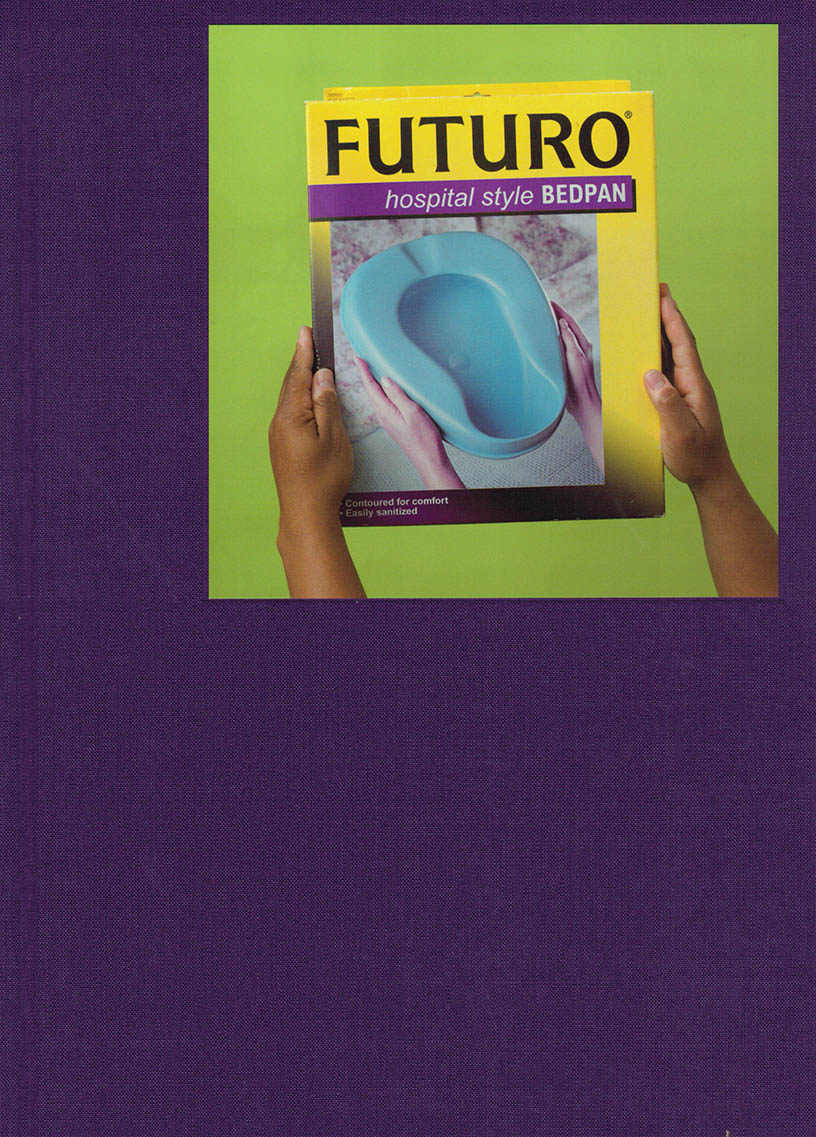
Colored People Time
In 2019, the Institute of Contemporary Art at the University of Pennsylvania presented the experimental exhibition Colored People Time. Divided into three chapters—Mundane Futures, Quotidian Pasts, Banal Presents—it used the Black vernacular phrase Colored People's Time (CPT) to explore the ways that dominant notions of time have been used to control and condemn Black people. CPT names a political performance by Black people to evade and ridicule the enforcement of punctuality and productivity.
Alongside reproductions of historical objects from the Black Panther Party, Sutton E. Griggs, the National Institutes of Health/Getty Images, and the African Collection at the University of Pennsylvania Museum of Archaeology and Anthropology, Colored People Time includes reprints of seminal essays, newly commissioned writing and poetry from Huey Copeland, Eve Ewing, Michael Hanchard, Matthew Angelo Harrison, Amber Rose Johnson, Carolyn Lazard, Jessica Lynne, Tausif Noor, Meg Onli, Gregory Pardlo, M. NourbeSe Philip, Monique Scott, Martine Syms and Michelle M. Wright. Artists include: Aria Dean, Kevin Jerome Everson, Matthew Angelo Harrison, Carolyn Lazard, Dave McKenzie, Cameron Rowland, Sable Elyse Smith and Martine Syms.
Hardcover ┊ Language: English







